Randy Aronson, VMD, CCRT, CVA
What is Acoustic Pressure Wave Therapy?
A non-invasive treatment solution using high-peak sound waves (acoustic pulses) that interact with the tissues of the body to provide fast pain relief and restore mobility and function. This therapy is ideal to accelerate the recovery process of a wide variety of sub-acute and chronic soft-tissue musculoskeletal conditions.
What does this therapy do?
Acoustic waves transfer mechanical energy, non-invasively, to painful areas and injured tissue to trigger the body’s self-healing process. The energy increases the local blood circulation and activates the regeneration process of the bones, ligaments, tendons, muscles, and connective tissues.
What is involved with the treatment?
The handpiece and tip are applied directly to the skin at the pain point and the surrounding areas. The treatment will last 5-10 minutes, depending on how many impulses are needed. The number of treatments depends on the indication and the tissue response. The effect of the treatment is cumulative, so typically 4-6 treatments are recommended. Very often, immediate pain relief is experienced after the first treatment.
What are the benefits and effects?
This therapy accelerates the body’s natural healing process by activating the connective tissue, stimulating the formation of new blood vessels, and increasing blood flow, cellular metabolic activity, and neurovascular performance. It relaxes muscles, removes myofascial adhesions which are often the source of trigger point pain, dissolves calcified deposits in soft tissue, and reduces pain through the release of Substance P, a neurotransmitter and pain mediator.
Is it similar to ultrasound?
Acoustic waves and Ultrasound are both sound waves. However, the waveforms and frequencies are different. Ultrasound has a periodic oscillating wave with a narrow bandwidth and low-frequency range of 0.75–3 MHz. An acoustic wave is characterized by the rapid rise in higher with a mostly positive wave followed by a short tensile wave (negative tension). Ultrasound also has a thermal effect (heat); whereas, acoustic wave therapy does not.
How does it differ from laser?
Laser therapy is a treatment using intense beams of light. An acoustic wave or pulse is a pressure wave that transfers mechanical energy into the tissue.
What can it treat?
Sub-acute and chronic painful soft tissue lesions of the musculoskeletal system such as trigger points in muscles, as well as painful shoulder, back, heel, knee, or elbow areas.
When will you see results?
Most patients will feel better right after their treatment including reduction in pain and increased mobility. This will generally last 5-8 days and the discomfort will slightly return before the time for the next treatment. Patients will slowly become free of discomfort. Then, over the next two to three weeks, actual may healing will take place.
How long does the treatment last?
Generally, 1500-3000 impulses are administered per treatment area, which lasts approximately 5-10 minutes.
Does it work for every case?
Client feedback reports a success rate of above 75% in human medicine. However, there is no treatment that is 100% successful in every case.
Who is the ideal patient?
This therapy is an affordable solution for many indications, especially for a chronic injury or condition that is slow to recover or hasn’t responded well to conventional treatments, such as tendon, ligament, bone, and soft-tissue injuries. In many cases, acoustic wave therapy is an alternative to surgery.
What to Expect During Your Pet’s Treatment
- Your pet’s veterinarian will palpate and document the problem area. They will apply a thin coat of ultrasound gel. This gel helps to transmit the acoustic sound waves generated by the handpiece to the body. They will begin the treatment process by calibrating the unit to suit the particular injury or symptoms. Most treatment sessions will be approximately 5 to 10 minutes long with 800 to 4,000 pulses applied per treatment area.
- The handpiece will be pressed firmly against the indicated problem area(s) in a slight rotating movement. There may be some discomfort throughout the durationof the treatment, but if the aching appears to be too strong or not strong enough, the intensity will be adjusted accordingly. Generally, after 200 pulses the patient will start to adapt to the intensity level of the handpiece, and it will need to be increased or moved to other nearby sore spots.
- After the treatment is completed, the ultrasound gel will be removed from the skin. Your pet may experience some redness, bruising, swelling, or increased pain in the treated area. This is completely normal and should subside within a couple of days.
WHAT INDICATIONS DOES SHOCK WAVE THERAPY TREAT?
Small companion animals deserve the best treatment options for their conditions, and shockwave therapy delivers fast, effective results. Studies have shown that veterinary shockwave therapy helps with many animal health conditions, including:
- Trigger Points
- Acupressure Points
- Painful Scar Tissue
- Lick Granuloma
- Chronic Wound Care
- Osteoarthritis in stifles, hips, backs, etc
- Tendon Injuries
- Ligament Injuries
- Hip Dysplasia
- Non-union or Delayed-healing of Fractured Bones
- Chronic Back Pain


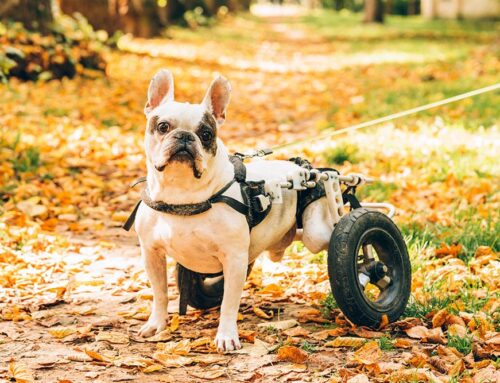







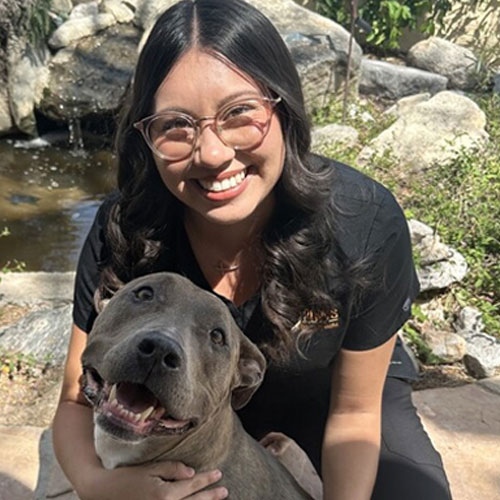
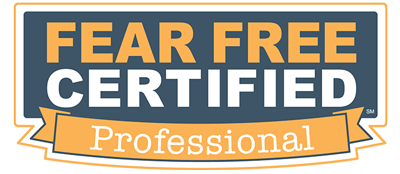
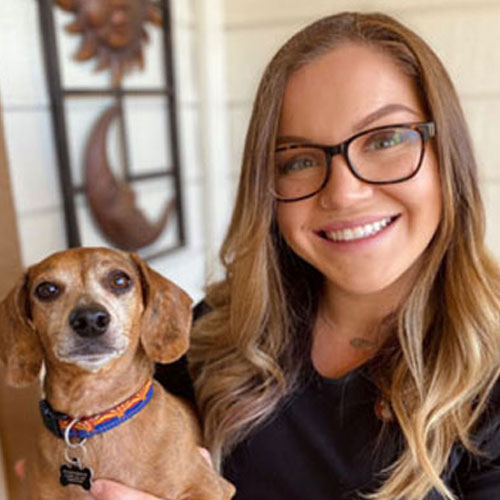

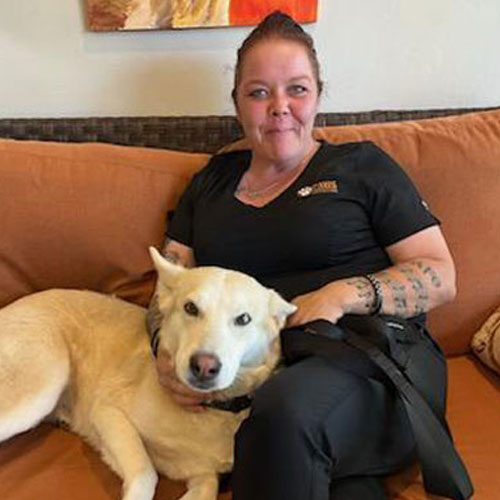

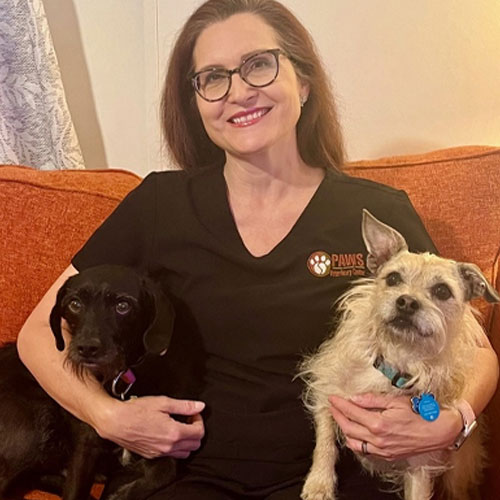
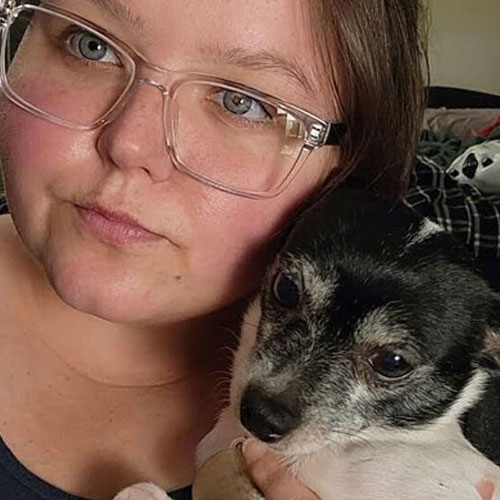
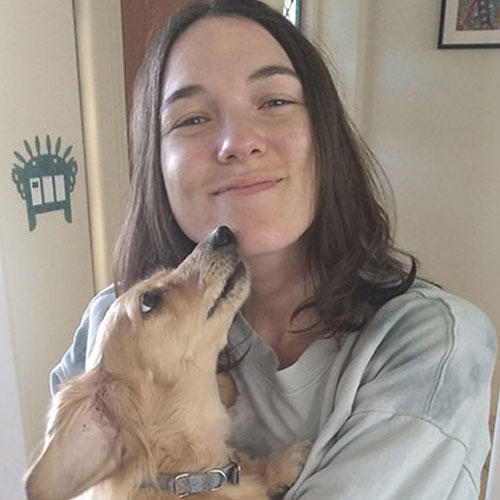
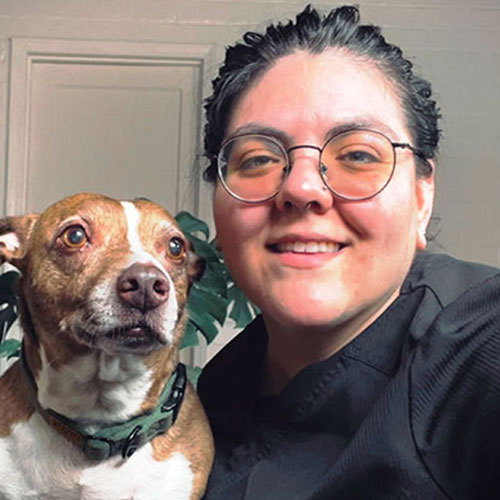
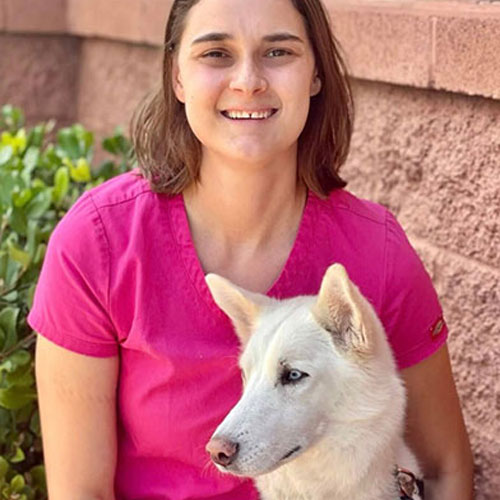
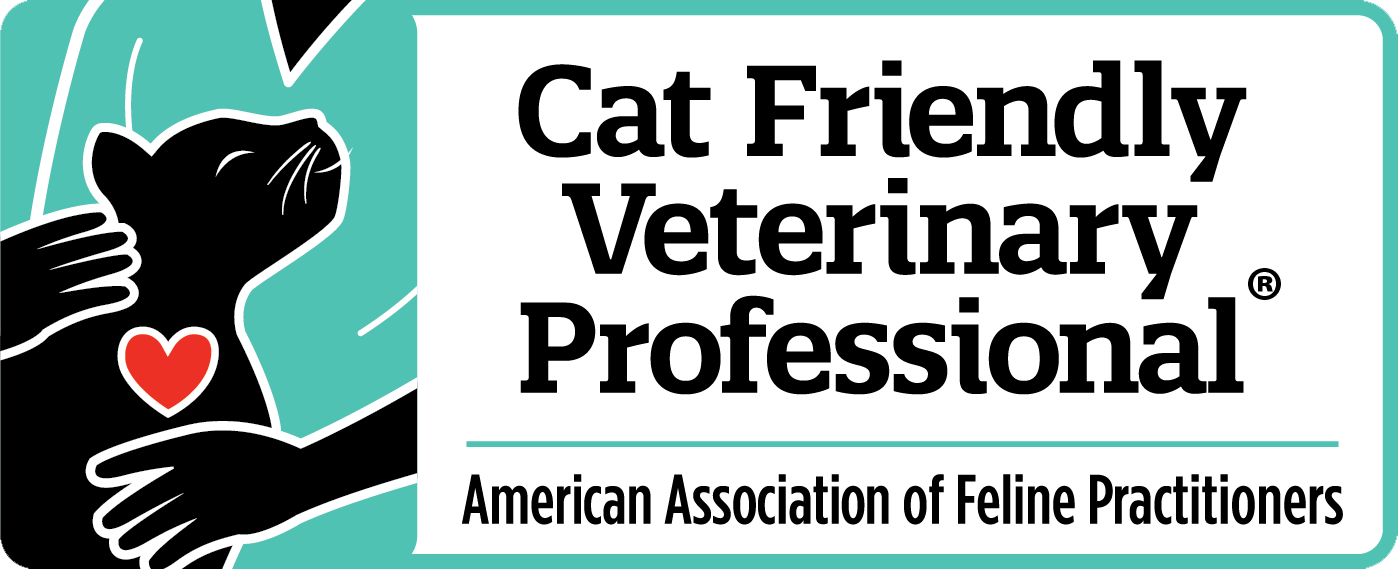
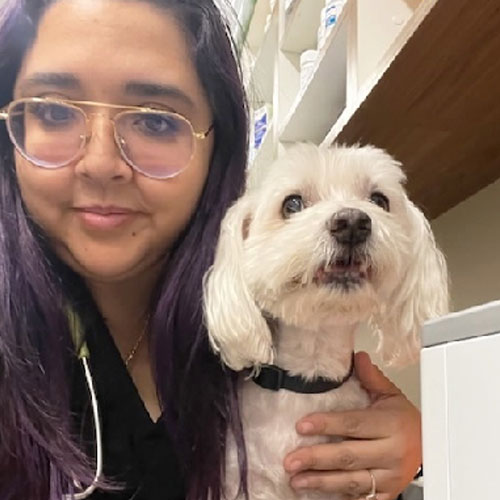
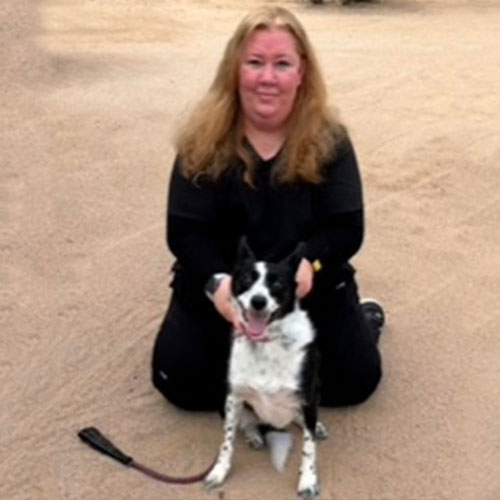


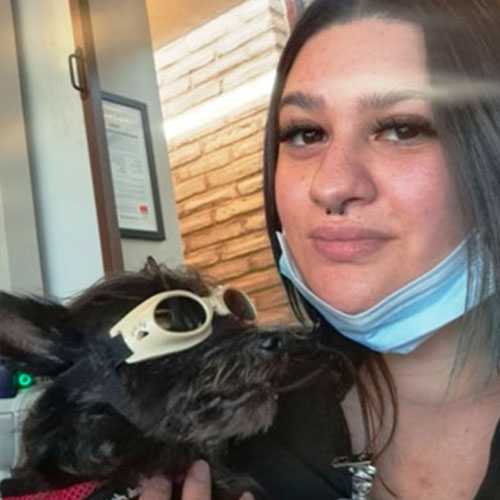


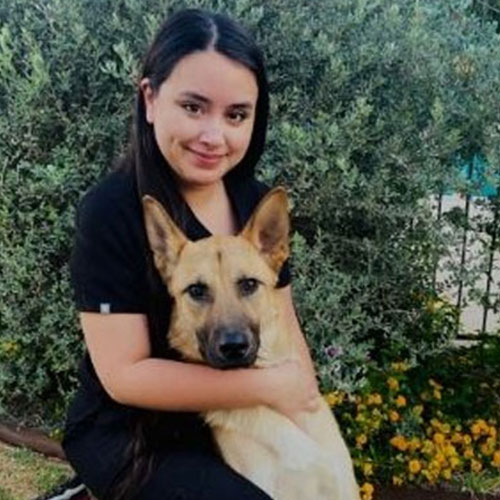

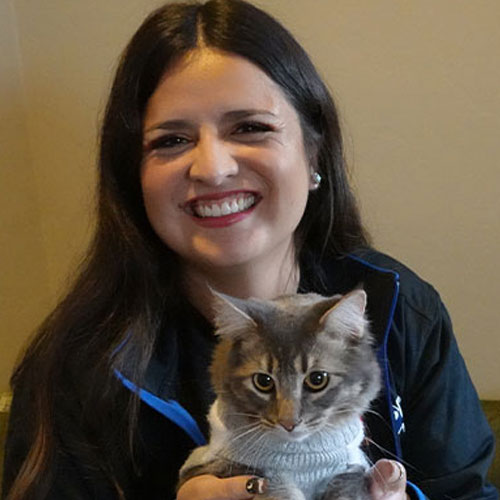

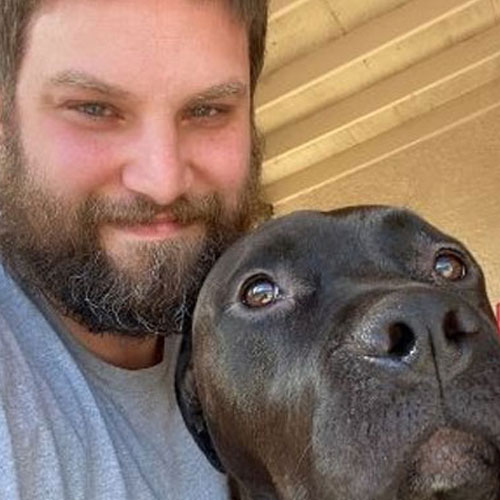

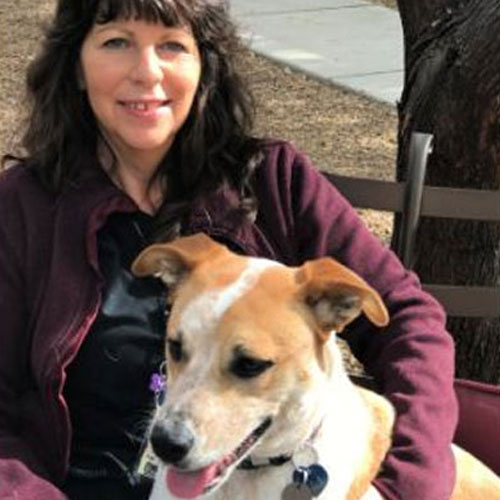


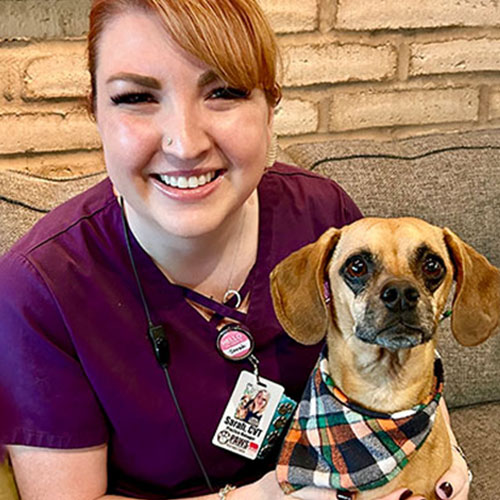
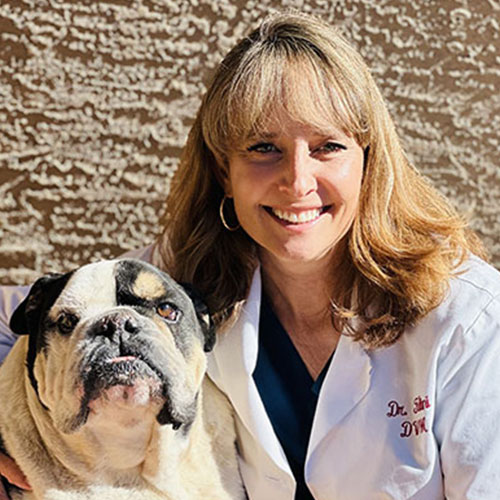
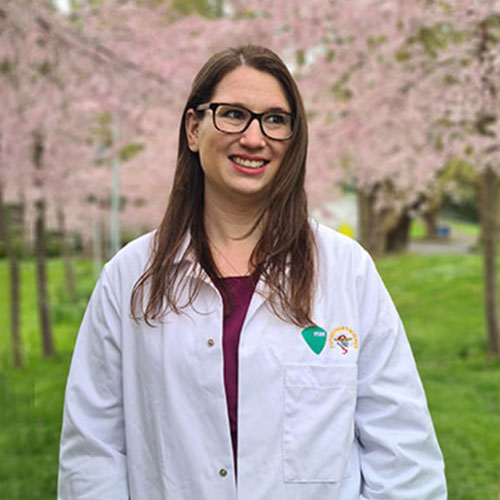


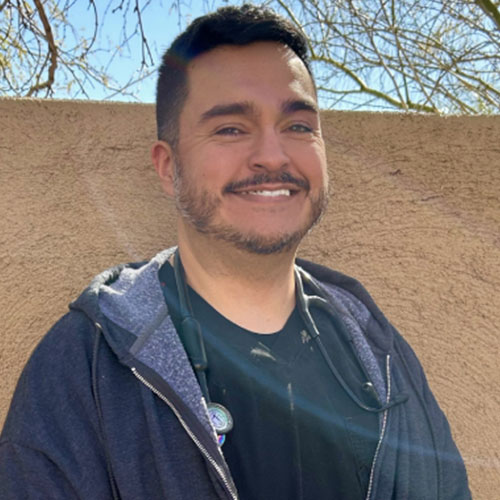




Leave A Comment